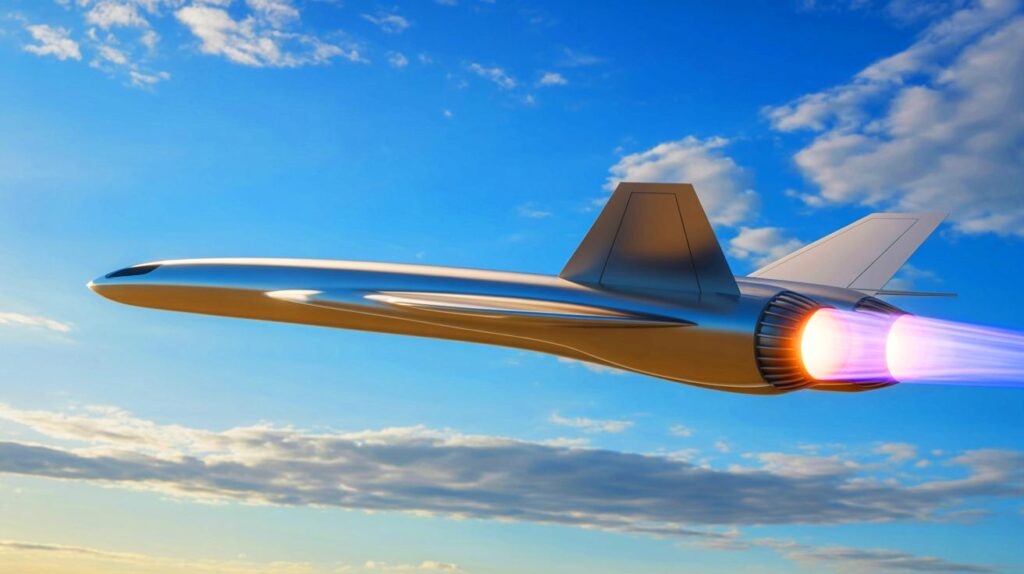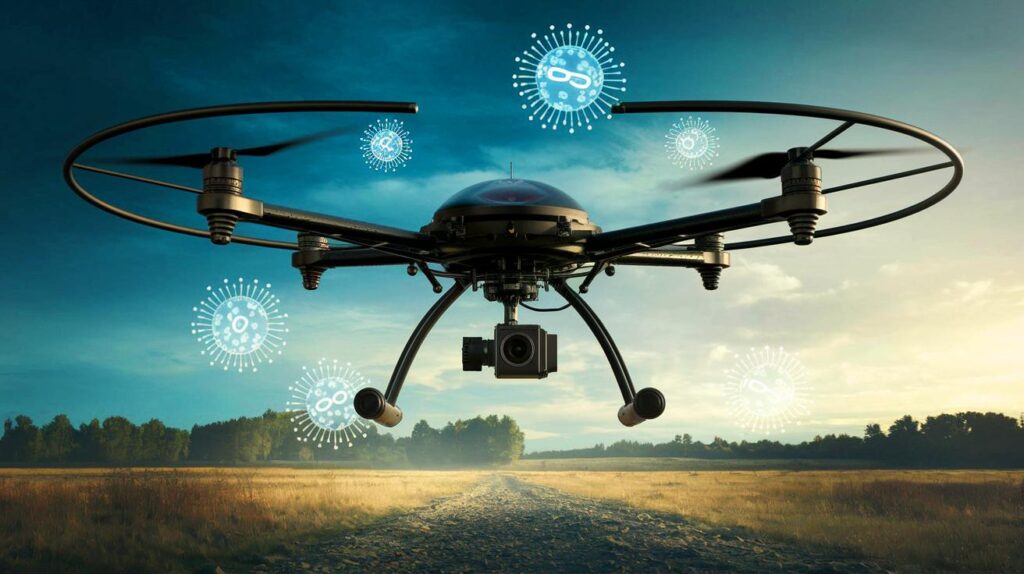| IN BRIEF |
|
Venus Aerospace, a startup based in Houston, has recently reached a significant milestone in aerospace technology. It successfully conducted the first flight test of a rotating detonation rocket engine (RDRE) in the United States, a feat that opens new horizons for hypersonic flight. Capable of propelling an aircraft at extreme speeds—up to Mach 6—this engine could revolutionize our approach to air travel. This achievement, carried out at Spaceport America in New Mexico, showcases the immense potential of rotating detonation technology, which combines efficiency with reduced complexity in propulsion systems.
The RDRE: A Revolution in Hypersonic Propulsion
The RDRE engine represents a major innovation in propulsion technology. While conceptually established, it had never been tested in real flight conditions until now. This engine leverages a rotating detonation combustion process, a chemical reaction that occurs at remarkable speeds. This method allows for significant thrust increases while reducing the size of the propulsion system. Compared to traditional engines, the RDRE presents a more compact and economical solution, as brilliantly demonstrated by Venus Aerospace during their historic test.
Venus Aerospace’s CEO, Sassie Duggleby, expressed her excitement: “We have proven that this technology works under real conditions.” This is not just a technological advancement, but also a step towards making high-speed flights accessible and sustainable. With this success, Venus Aerospace paves the way for commercial and military applications of hypersonic propulsion.
From Runway to Hypersonic Flight: A Technological Leap
One of the most remarkable aspects of the RDRE is its ability to allow takeoff from a conventional runway before reaching hypersonic speeds. Mach 6, approximately 7,350 km/h at cruising altitude, is now a reality. This technological leap is made possible by integrating the RDRE with an air-breathing rotating detonation engine, the VDR2, which maintains hypersonic speeds during cruise without auxiliary engines.
Andrew Duggleby, co-founder and CTO, emphasized the significance of this advance: “Detonation combustion brings the performance boost we’ve long sought.” Thanks to this technology, Venus Aerospace aims to develop hypersonic aircraft for both commercial and military sectors, revolutionizing air transport.
Promising Applications
With the success of the RDRE, Venus Aerospace envisions ambitious applications. The Stargazer M4, a reusable passenger aircraft, could achieve Mach 4 and dramatically reduce international flight times. Traveling from Los Angeles to Tokyo in less than two hours could become a reality. This prospect of significantly shortened travel times could transform the aviation industry.
Beyond civil travel, the RDRE holds considerable interest for advanced defense and aerospace. The ability to quickly reach extreme speeds offers strategic advantages for hypersonic missiles and reconnaissance aircraft. The potential applications are vast, and several sectors are keenly interested in this technology.
An Intense Technological Race in the United States
Venus Aerospace is not the only player in this hypersonic race. Numerous other American startups and companies are exploring this technology, aiming to develop engines and vehicles that can surpass Mach 5. Companies like Anduril Industries, Castelion, Ursa Major, and Draper are working on similar projects, each contributing their own vision and expertise.
For instance, Hermeus is developing hypersonic aircraft such as the Quarterhorse and the Halcyon project, aiming to connect London and New York in 90 minutes. These initiatives, backed by substantial investments from the Pentagon, highlight the strategic importance of these developments for the United States. The future of hypersonic propulsion looks promising, and the competition is just beginning.
With the rapid development of hypersonic technologies, the United States is preparing to compete with powers like China. The success of Venus Aerospace’s RDRE marks a crucial step toward a future where ultra-fast travel and advanced defense capabilities will be within reach. If these innovations live up to their promises, how will they transform our approach to travel and national security?







